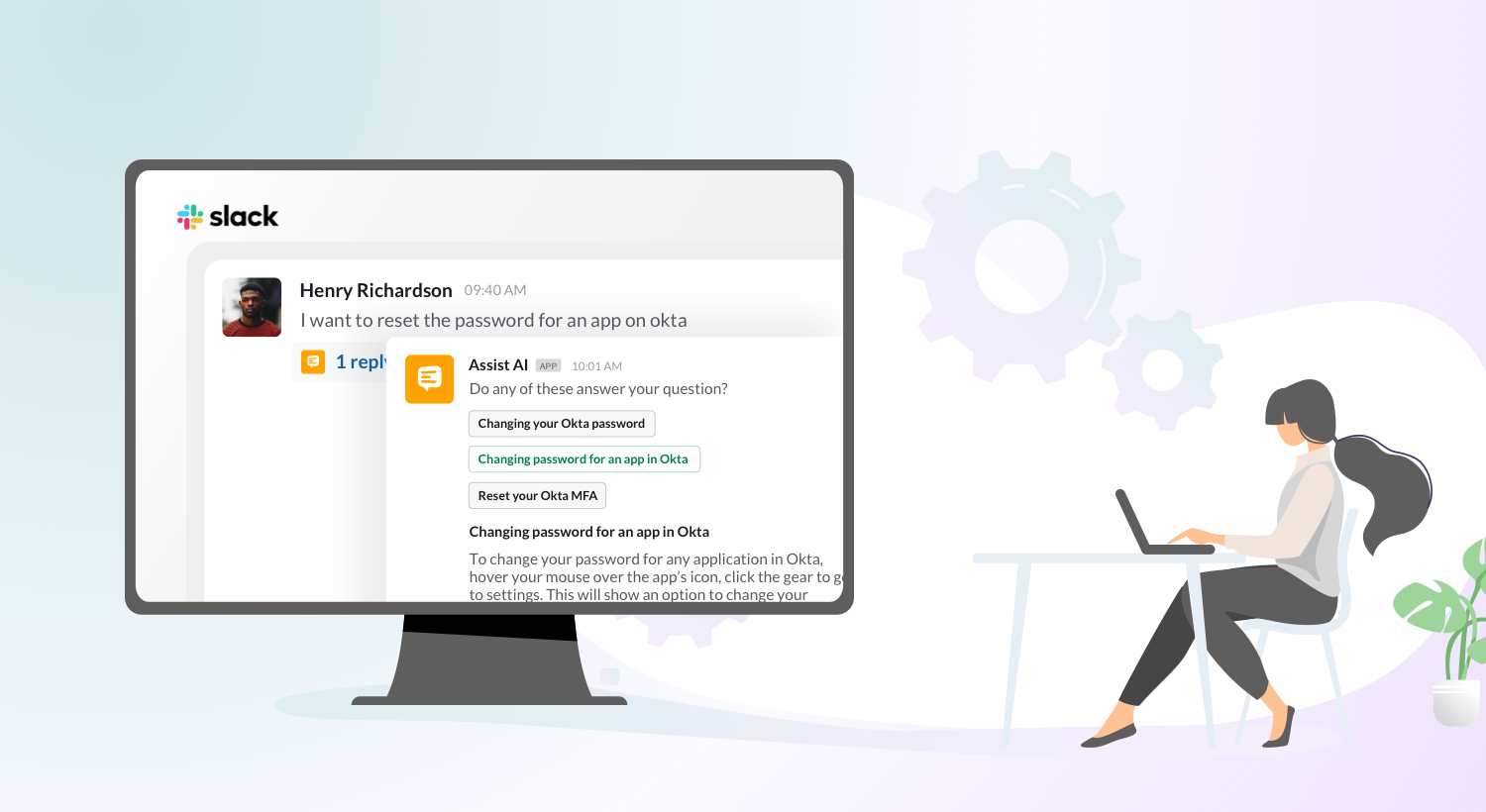Mobile support is not uncommon. Given that 43% of customers use their mobile devices to contact customer support, you need to ensure that your mobile experience is top-notch and gives customers the support they need without switching between devices.
Every company uses mobiles to engage with customers one way or the other. But at the rate mobile support is evolving, companies can now adopt powerful In-app Chat SDK that can be integrated seamlessly with their help desk to provide personalized mobile support. Here’s an overview of In-app Chat for mobile customer support.
What is In-app Chat?
In-app chat is a mobile chat interface that enables customers to place service requests and initiate a real-time chat with the support team within the mobile app. The ability to provide faster, real-time support is making in-app chat widely preferred by customers for support.
But having a mobile presence is not enough. When mobile support fails, it is due to these reasons:
- Your communication is scattered across SMS and other messaging apps
- You offer limited availability
- Your responses aren’t as fast
- Your chat integration is not efficient and mobile-friendly
- You offer canned responses that are not tailored to your customer needs
- Your communications lack context and seamlessness due to poor integration between channels
- You are not measuring the effectiveness of your channel by asking for feedback
If you want your mobile support to stand out and actually add value than being merely present, treat it as an additional channel of support just like emails and social media. Invest in the right tools that can be easily integrated with your help desk, incorporate customer feedback, and train your agents to maintain a consistent support tonality.
Why use In-app Chat for Customer Support?
If you have an app and your customers have an active presence on it, you need to provide in-app chat support. Making customers switch between devices especially when they are in the middle of purchasing can draw out their decision-making and can lead to drop-outs. Offering seamless support within the same interface can give them the final nudge or the assurance they need.
According to a recent survey, customers spend about 3 hours a day on their mobile, 90% of which they spend on apps.
Thus, mobile support is not an option anymore, particularly in industries such as e-commerce. It is an essential strategy that can act as a valuable extension of your chat support. If you are just getting started with mobile support, you might wonder why you can’t just stick with SMS. In-app chat vs. SMS support is a topic that is highly discussed in the space of mobile support. While SMS certainly is a low maintenance tool that is universal for all mobile users, it certainly has its limitations when compared with the highly flexible in-app chat service.
In-app Chat vs. SMS
SMS allows both peer-to-peer communication and application-to-peer communication, making it widely used by companies to engage with customers. But when it comes to business-related communications, in-app chat has grown in popularity as a feature-rich alternative to SMS, Facebook Messenger, and even emails.
SMS is ubiquitous and comes in-built with every mobile. Everyone is familiar with using SMS, and it does not require an internet connection to operate. Despite that, SMS has its own limitations to be considered a full-on support channel. It has a 160-limit character limitation, does not provide context to previous related communications, makes users switch between apps, and costs a charger fee for every message. The lack of customizable canned messages and multimedia further makes SMS an ineffective means of offering support.
In-app Chat offers a seamless, real-time chat experience by providing your customers with a way to contact you inside the app interface. They need not search for your contact information; they can click on the in-app chat widget and get real-time responses from agents in a matter of seconds. In-app chat lets you create both individual and group messages, add rich multimedia such as screenshots and videos, send push notifications, assign agents based on workload, and most importantly, integrate interaction across channels to offer seamless, contextual guidance to customers. In-app chat plays well with your omnichannel strategy by allowing integration with your API and CRM tools and even your knowledge base.
In fact, SMS is not the only messaging tool in-app chat is taking over. In-app messaging is gaining an edge over one of the most common and widely used support channels today — emails. Here’s a brief overview of in-app chat vs. emails.
In-app Chat vs. Email Support
Now emails cannot be fully replaced in the field of support. Email support is still reporting a steady increase in user engagement in 2020. But it does not mean you should limit yourself to using emails for all kinds of customers and use cases.
Email Support is a staple in support channels due to their ease of use and familiarity. While customers have no issue with emails in general, they have issues with the response time. No matter how good your email engagement is, it is almost impossible to keep the first response time within an hour. It is clear that emails are not suitable for all kinds of issues customers face — for simple issues, for example, texting or even a phone call would still be a better option. Although emails have obvious advantages over tools like SMS, they do have some disadvantages in comparison with the modern functionalities of in-app chat.
In-app Chat is exclusive to customers and agents and there is no such thing as text fatigue. Emails are filled with spam and junk content, making customers biased towards email experiences in general. And one area where in-app chat wins hands down is speed. Faster responses are a crucial metric that directly influences customer satisfaction. Customers are inherently less tolerant towards delayed responses, and emails are no exception. The ability of in-app chat to offer real-time response makes it the go-to for customers who are in need of an immediate response. It is the same reason why chatbots instantly clicked with customers.
Conclusion
In-app chat is a powerful channel that can boost real-time user engagement and drive conversion rates and retention. Companies that provide more channels for support are perceived as proactive and accountable by customers, which can eliminate any last-minute hesitations.
HappyFox In-App Chat SDK is simple, flexible, and allows easy integration with your help desk and live chat software. It also offers updates on every new iOS and android upgrade and the fixes that you need to make on your existing workflows. Sign up for a HappyFox demo to learn how to integrate and deploy your app in minutes for a great customer experience.








